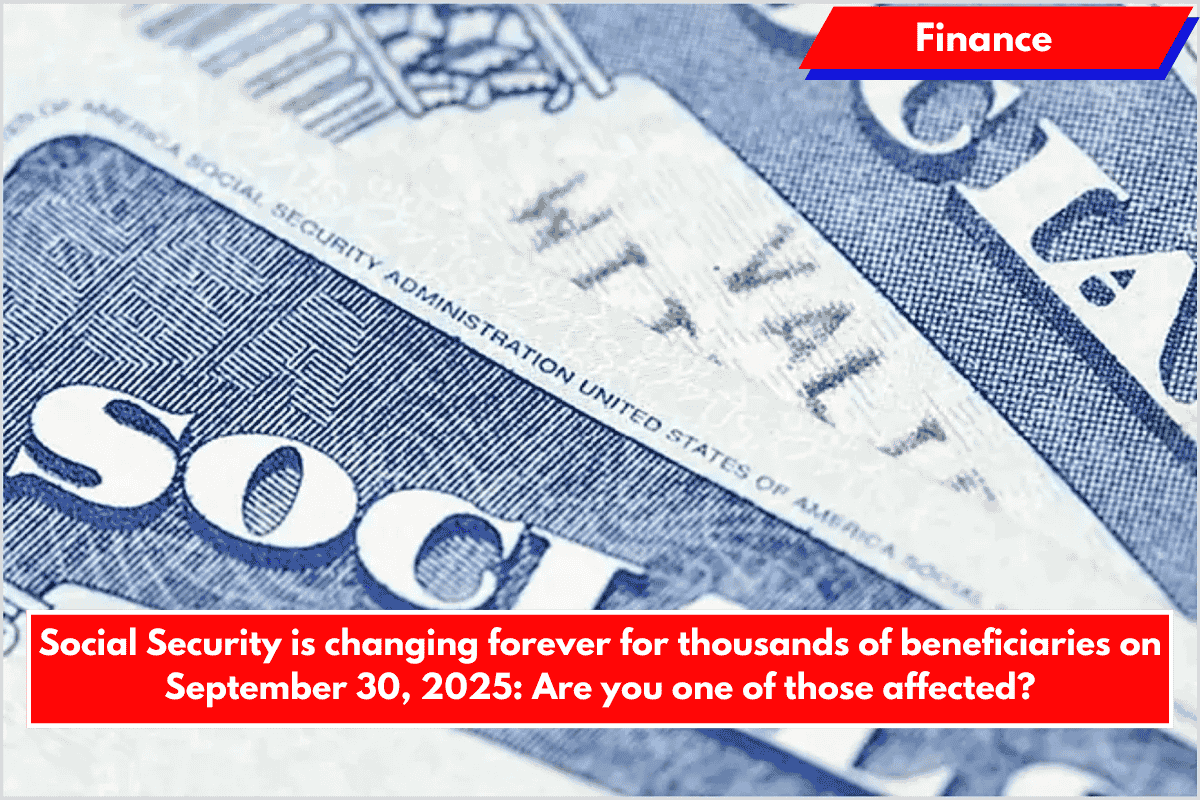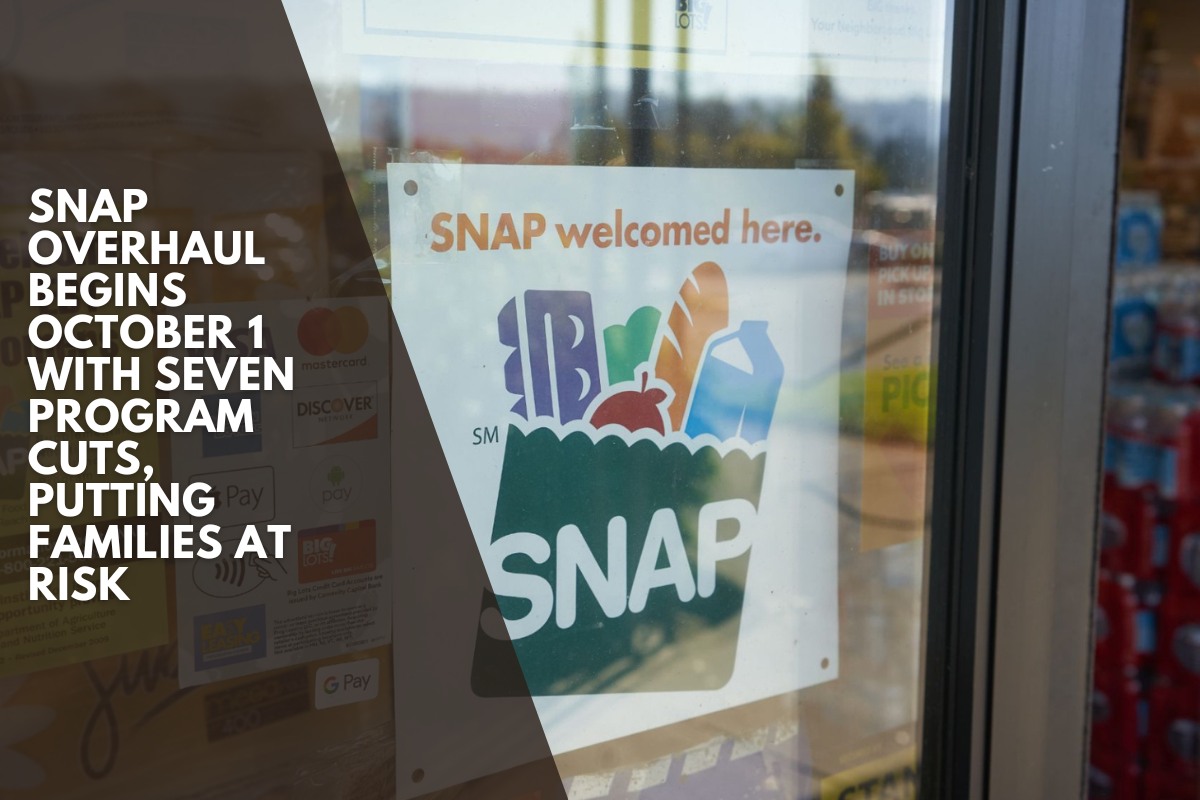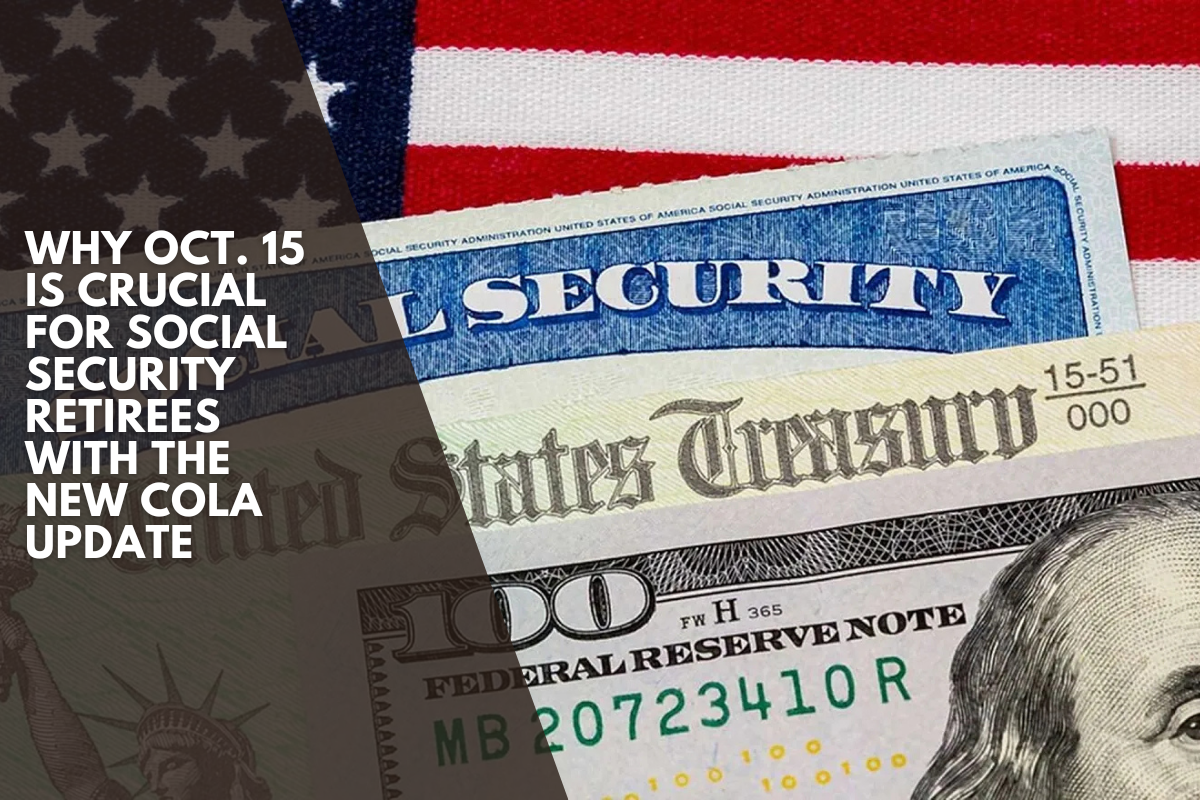For decades, Social Security beneficiaries who preferred the traditional method of receiving their monthly checks by mail have been able to do so. That era is about to end.
On September 30, 2025, the Social Security Administration will formally end most paper check payments, forcing the remaining recipients to switch to electronic methods.
The change is part of a government-wide modernization effort to cut costs, reduce fraud, and boost efficiency.
While over 99 percent of Social Security beneficiaries now receive their monthly payments via direct deposit or prepaid debit card, an estimated 400,000 people still use paper checks. This small group will be directly impacted by the deadline.
Beneficiaries who have not yet enrolled in electronic payments will be required to do so in order to avoid disruptions. Standard direct deposit into a bank account is an option, as is the Direct Express debit card program, which is intended for people who do not use traditional banking services.
The move reflects concerns about security and efficiency. Paper checks are much more vulnerable to theft, fraud, and mail delays than electronic transfers.
According to the Treasury Department, checks are 16 times more likely to be lost or stolen than cash, putting beneficiaries at risk. Cost is another consideration.
An electronic transfer costs the government less than 15 cents per payment, whereas mailing a paper check costs more than three times that.
Who qualifies for exceptions to the new rule
Despite the broad transition, some beneficiaries may continue to receive paper checks if they are eligible for an exemption. Individuals over the age of 90, people with significant mental impairments, and those living in areas without access to banking will be able to apply for waivers.
These exceptions require Treasury Department approval and are granted on a case-by-case basis. For everyone else, the expectation is clear: switch to electronic payments by the deadline.
The Social Security Administration has begun contacting affected recipients directly, providing instructions on how to make the change. Beneficiaries can also manage the transition using their online accounts at SSA.gov.
Those who fail to act risk having their benefits delayed or interrupted. Officials emphasize that, while the transition may be inconvenient for some, the long-term benefits outweigh the difficulties.












